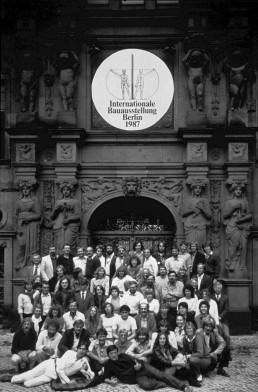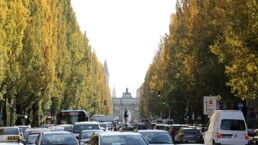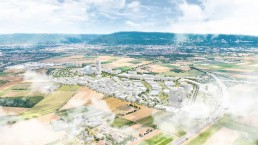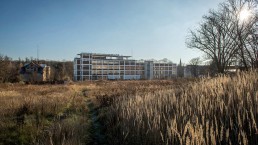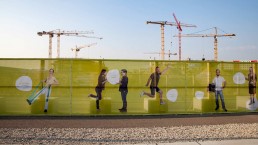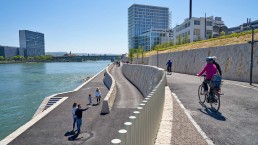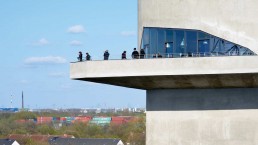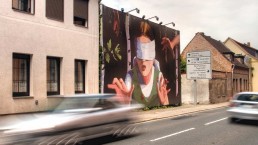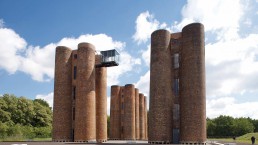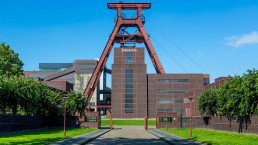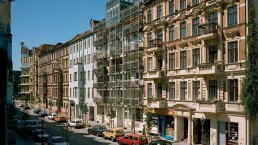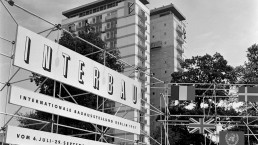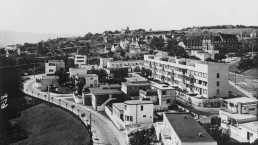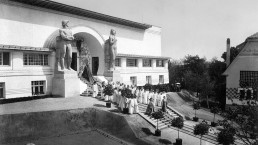12 Principles of Cautious Urban Renewal
A Paradigmatic Change in Urban Development
IBAIBA Internationale Bauausstellung-Altbau epitomised new approaches to cautious urban renewal. The growing resistance of many citizens against the destructive refurbishment of the 1970s led to a fundamental reorientation in urban renewal. The 12 principles were first presented publicly in 1982 by the head of IBA-Altbau, Hardt-Waltherr Hämer, and passed soon afterwards by the district of Kreuzberg and the Berlin House of Representatives.
The aim of the 12 principles was the socially compatible preservation and resident oriented modernisation of neglected inner city quarters and existing buildings. The previously common practice of demolishing existing buildings and building new ones on the outskirts of the city was abandoned. The residents were also to be involved in planning and implementing the building projects. This secured living space, while also preserving public and social infrastructures, and developing them with projects that integrated employment, education and recreation. The aim was to create liveable urban districts.
The 12 principles can be summarised as follows:
- The renewal must be planned and implemented (to preserve the substance) with the current residents and business owners.
- Planners should reach agreement with the residents and business owners on the objectives of the renewal measures, and produce technical and social plans hand in hand.
- The unique character of Kreuzberg must be preserved, while trust and optimism must be restored in the at-risk city districts. Damage to buildings, which threatens their structural integrity, must be rectified immediately.
- Cautious changes to ground plans must also make new forms of living possible.
- Apartments and houses are to be refurbished step by step and supplemented gradually.
- The building situation must be improved by few demolitions, greening inner blocks and with façade design.
- Public institutions as well as roads, squares and green spaces must be renewed as required, and supplemented.
- The participatory rights and material rights of those affected by social planning must be coordinated.
- Decisions on urban renewal must be made publically and discussed locally where possible. Local representation must be enhanced.
- Urban renewal that generates trust calls for reliable financial commitments. Funds must be available rapidly and invested appropriately.
- New forms of organisation must be developed. Trustee-based redevelopment bodies (services) and construction measures must be separated.
- Urban renewal in accordance with this concept must be guaranteed to continue beyond the end of the IBA.
A similar set of regulations, though not quite as clearly formulated, was also developed for IBA-Neubau for critical reconstruction. This included preservation and development of the existing urban ground plan as the memory of the city. The design vocabulary of the new architecture was to be derived from an analysis of the existing buildings and referenced in ground plan and elevation of the existing building structures. The independent application of these rules facilitates diverse design variations for the respective location.
Sources and further information:Hardt-Waltherr Hämer: Behutsame Stadterneuerung; in: Senatsverwaltung für Bau- und Wohnungswesen (Hrsg.): Stadterneuerung Berlin, Berlin 1990.LinksScientific study about IBA '87
